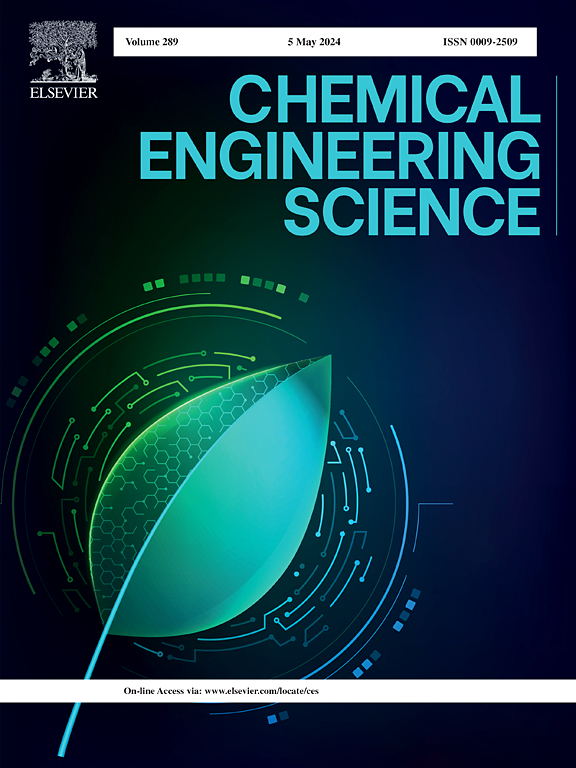Efficient degradation of organic pollutants using MnCuFe-LDH as a photo-fenton catalyst
IF 4.1
2区 工程技术
Q2 ENGINEERING, CHEMICAL
引用次数: 0
Abstract
A novel heterogeneous photocatalyst, MnCuFe- Layered Double Hydroxide (LDH), was successfully accomplished by co-precipitation method. Structural and morphological properties were ascertained and an amorphous structure enhancing active site exposure, and significantly boosting its intrinsic catalytic activity, was observed. MnCuFe-LDH effectiveness was assessed in the degradation of Rhodamine B (RhB) and Antipyrine (ANT) solutions, by a heterogeneous photo-Fenton process. This approach is designed to address key environmental challenges by providing a highly effective method for pollutant degradation. This aspect is particularly crucial when considering the necessity of avoiding false positives in environmental remediation efforts. The results demonstrated that MnCuFe-LDH exhibits remarkable degradation efficiency (RhB 97.23 % and ANT 72.76 % within only 1 h), under acidic conditions and UV-A radiation. The MnCuFe-LDH stability and reusability were confirmed through consistent performance in degrading RhB across five consecutive cycles. Additionally, the identification of degradation products generated during pollutant breakdown facilitated the understanding of pollutant degradation pathways.
利用 MnCuFe-LDH 作为光-芬顿催化剂高效降解有机污染物
本文章由计算机程序翻译,如有差异,请以英文原文为准。
求助全文
约1分钟内获得全文
求助全文
来源期刊

Chemical Engineering Science
工程技术-工程:化工
CiteScore
7.50
自引率
8.50%
发文量
1025
审稿时长
50 days
期刊介绍:
Chemical engineering enables the transformation of natural resources and energy into useful products for society. It draws on and applies natural sciences, mathematics and economics, and has developed fundamental engineering science that underpins the discipline.
Chemical Engineering Science (CES) has been publishing papers on the fundamentals of chemical engineering since 1951. CES is the platform where the most significant advances in the discipline have ever since been published. Chemical Engineering Science has accompanied and sustained chemical engineering through its development into the vibrant and broad scientific discipline it is today.
 求助内容:
求助内容: 应助结果提醒方式:
应助结果提醒方式:


